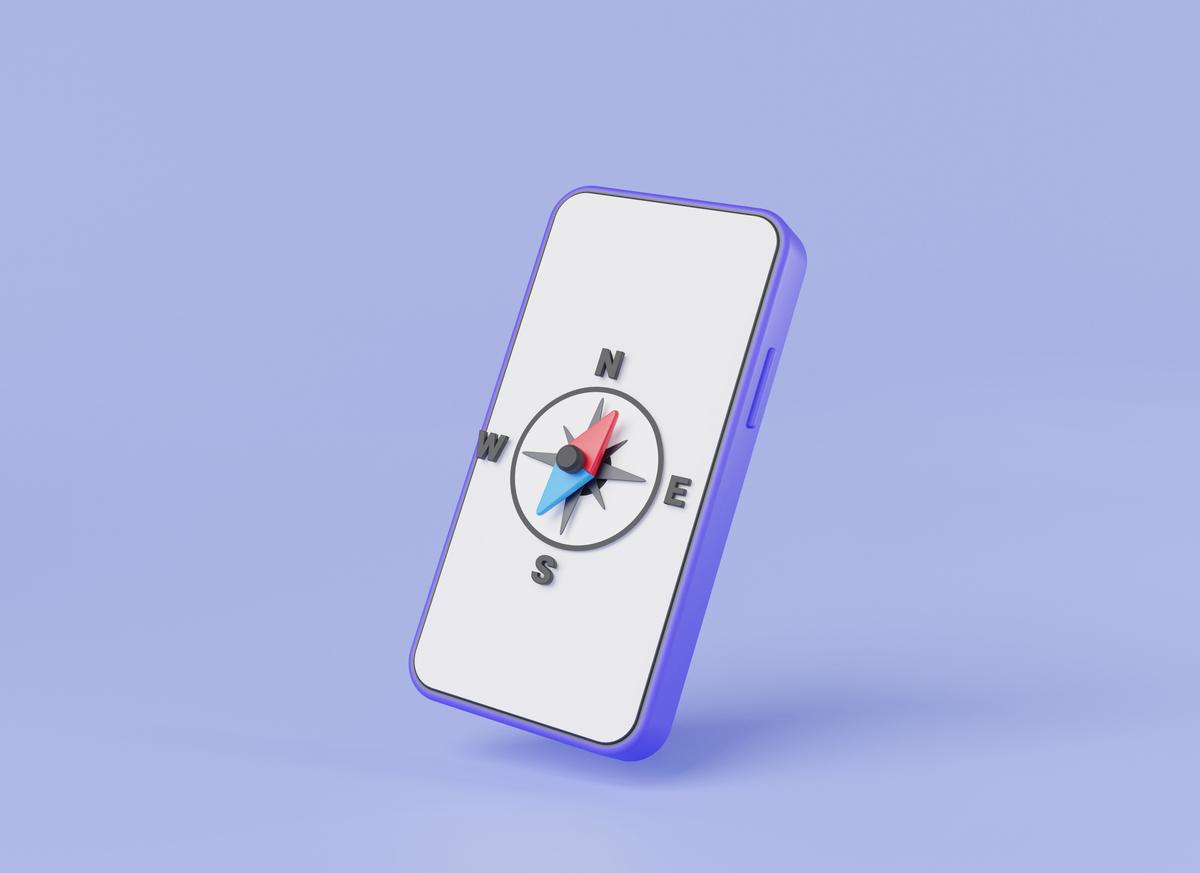
And that’s good news, because this new camera makes your photos that you take with your smartphone much better.
The technology company has always been at the forefront of camera development. Now again. Sony has unveiled a new type of stacked CMOS sensor that uses “two-layer transistor pixels” to double the light-gathering capacity. This allows you to take much better photos in various situations.
Sony super camera
‘Old’ image sensors have the light-sensitive photodiodes and pixel transistors that control and amplify the signal on the same layer. Sony has thought of something allowing “approximately doubling the saturation signal levels”. The new design places the photodiodes at the top and the pixel transistors below.
This isn’t entirely new, as the company is already working with stacked sensors that quickly place memory and other electronics directly below the sensor. This allows higher readout speeds and thus fast burst recordings and less roller shutter (jello effect) on cameras and smartphones. The newly designed sensor works sort of the same, but packages the pixel transistors on a separate substrate below the photodiode layer.

better photos
The goal of Sony’s super camera is better photos. The new sensor allows each layer to be optimized, allowing Sony to double the sensor’s light saturation (source depth) or the amount of charge each pixel can hold. That in turn provides about double the light absorption power. The result is greater signal gain, reducing noise when shooting nighttime or other images in dark locations. The increased dynamic range ensures “high-quality, low-noise images even in low light,” according to Sony. It is unknown when this technology will end up in our smartphones.
.




















